No skim coat on my 1920 plaster walls... d'oh!
Mach57
10 years ago
Featured Answer
Sort by:Oldest
Comments (6)
Christopher Nelson Wallcovering and Painting
10 years agoMach57
10 years agoRelated Professionals
College Park Kitchen & Bathroom Designers · Cherry Hill Kitchen & Bathroom Designers · 20781 Kitchen & Bathroom Remodelers · Las Vegas Kitchen & Bathroom Remodelers · Ogden Kitchen & Bathroom Remodelers · Trenton Kitchen & Bathroom Remodelers · Forest Hills Kitchen & Bathroom Remodelers · Prairie Village Kitchen & Bathroom Remodelers · Palestine Kitchen & Bathroom Remodelers · Anchorage Architects & Building Designers · Four Corners Architects & Building Designers · Keansburg Architects & Building Designers · Morganton Architects & Building Designers · Portsmouth Architects & Building Designers · San Angelo Architects & Building Designerssombreuil_mongrel
10 years agoenright
10 years agoMach57
10 years ago
Related Stories
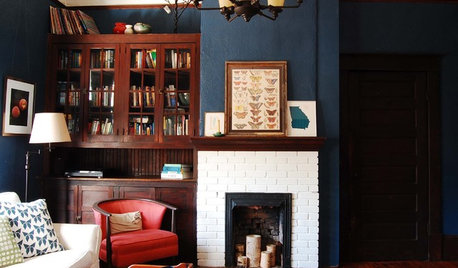
HOUZZ TOURSMy Houzz: Vibrant Coziness for a 1920s Georgia Farmhouse
See how first-time homeowners perked up their history-laden home and befriended a community
Full Story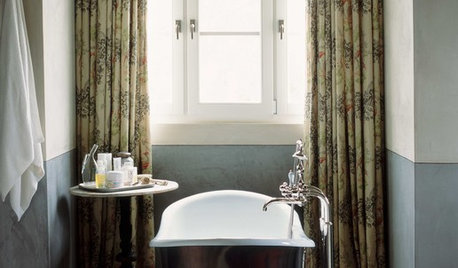
WALL TREATMENTSSurface Smarts: Venetian Plaster
Centuries-old Venetian plaster has made a roaring comeback in modern interiors. Could this old-world wall favorite work in your home?
Full Story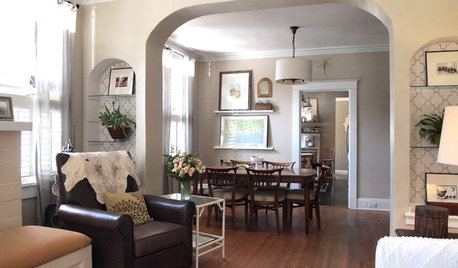
HOUZZ TOURSMy Houzz: Casual, Thoughtful Design for a 1920s Bungalow
A couple turn a neglected, run-down home into a charming, comfortable place to raise their 4 children
Full Story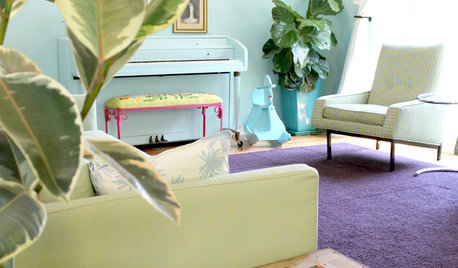
HOUZZ TOURSMy Houzz: Saturated Colors Help a 1920s Fixer-Upper Flourish
Bright paint and cheerful patterns give this Spanish-style Los Angeles home a thriving new personality
Full Story
HOUZZ TOURSMy Houzz: Pretty Meets Practical in a 1920s Walk-Up
Creative styling gives an 800-square-foot rental such an inspired homey air, you might just miss the office in the living room
Full Story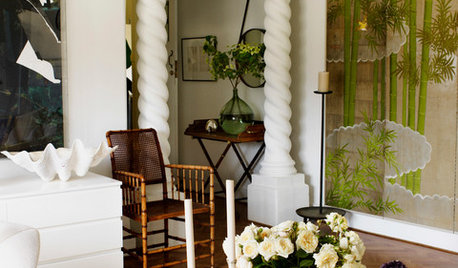
ECLECTIC HOMESHouzz Tour: Chic Update for a 1920s Apartment
Old meets new in true bohemian fashion in a Sydney beachside home
Full Story
MOST POPULAR15 Remodeling ‘Uh-Oh’ Moments to Learn From
The road to successful design is paved with disaster stories. What’s yours?
Full Story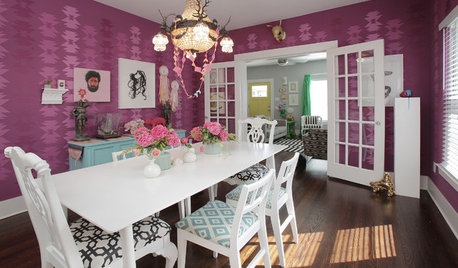
ECLECTIC HOMESMy Houzz: Colorful Hand Painting Bedecks a Creative Home
A kaleidoscope of colors on walls, furniture and fabrics brings an energetic spirit to a 1920s colonial in Texas
Full Story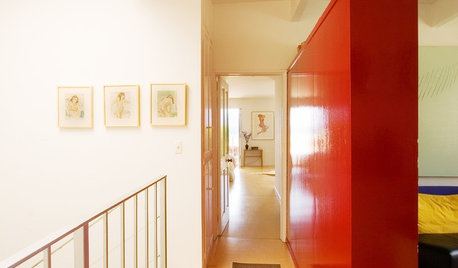
WALL TREATMENTSPick the Right Paint Finish to Fit Your Style
The question of finish may be as crucial as color. See which of these 9 varieties suits your space — and budget
Full Story
REMODELING GUIDESWhat to Know Before You Tear Down That Wall
Great Home Projects: Opening up a room? Learn who to hire, what it’ll cost and how long it will take
Full Story





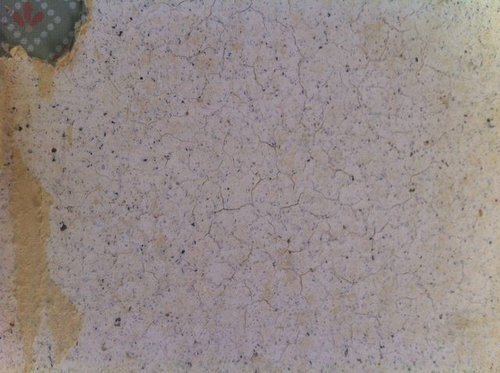





rwiegand